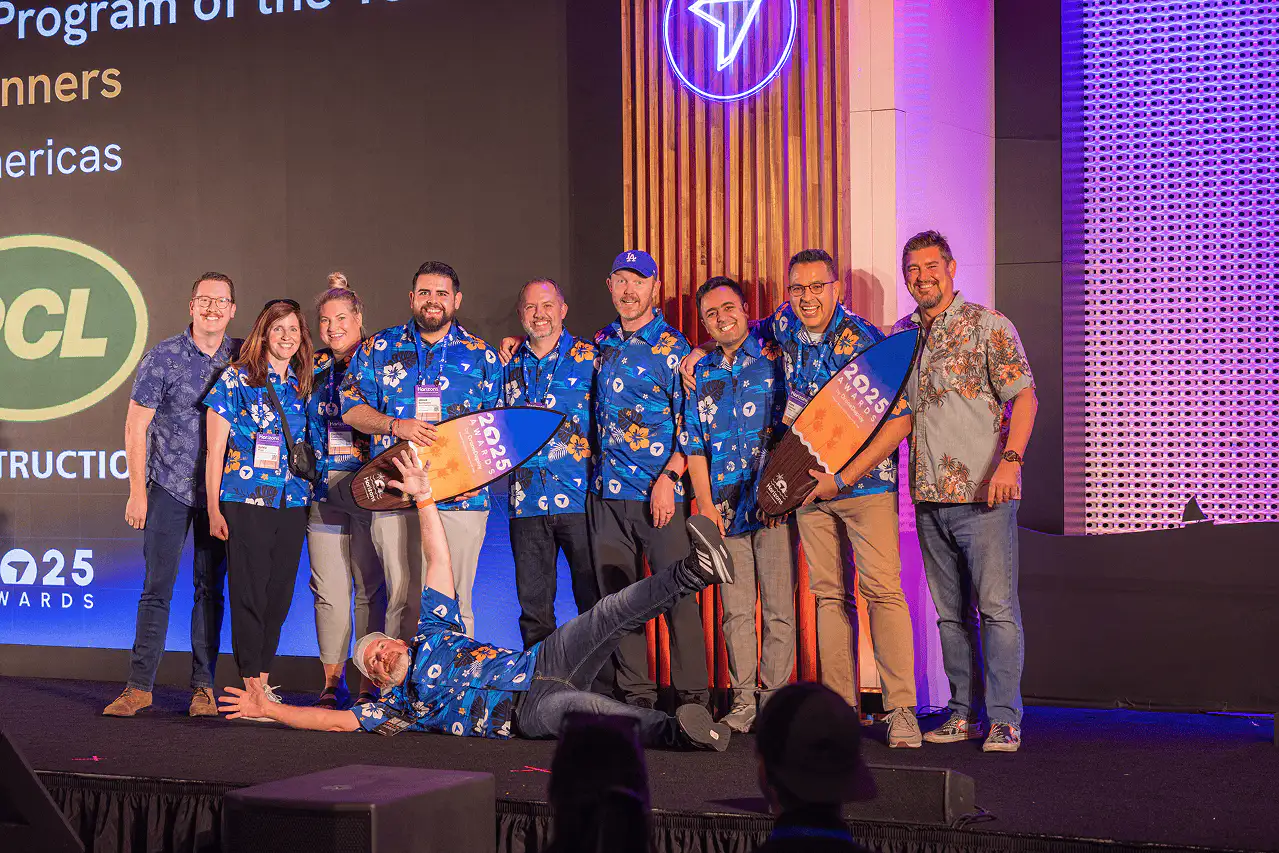Using Drone Technology for Academic Research at the University of Pennsylvania

Quick Summary
DD GC3 Content Bot said:
Reed Goodman, a University of Pennsylvania grad student and research intern at Woods Hole Oceanographic Institution, uses DroneDeploy to revolutionize archaeological research in Southern Iraq. By replacing time-consuming, on-foot surveys with drone-based mapping, Reed and collaborator Dr. Paul Zimmerman captured high-resolution data on ancient Mesopotamian cities like Lagash and Ur in days instead of months. Their work includes creating the first 3D model of the Ziggurat of Ur and analyzing historical river shifts to understand urban development and decline. DroneDeploy enabled faster, less invasive documentation, expanded access for Iraqi researchers, and improved site preservation against looting and environmental degradation.
Reed Goodman is both a Graduate Student at the University of Pennsylvania and a Research Intern at the Woods Hole Oceanographic Institution’s NOSAMS facility – a busy pairing for someone constantly traveling to and from archaeological digs. Since studying within The University of Pennsylvania’s Art and Archaeology of the Mediterranean World program, Reed has made it his mission to explore the environmental context of the first Mesopotamian cities, and complements such tasks with geoarchaeological research at the ancient sites of Lagash and Ur in Southern Iraq, as directed by Dr. Holly Pittman and Dr. Stephen Tinney of the Penn Museum, respectively.

But while attempting to nail down the specifics of where the head of the Persian Gulf was thousands of years ago, as well as understanding its relationship to urban growth and decline, Reed soon realized relying solely on on-foot surveillance was not a sustainable practice – particularly in a time crunch. After adding drone technology to his surveying efforts, Reed and his collaborator, Dr. Paul Zimmerman, were able to get the robust example of a Mesopotamian city layout that they so desired. In this way, DroneDeploy software was able to increase the accuracy, efficiency, and sharing capabilities of archaeological data captured in academic settings.
What we can capture in a week with a drone, Mesopotamian archaeology hasn’t been able to do for a century.”

Reed Goodman, Graduate Student, University of Pennsylvania

Exploring Drones in Academic Research
Reed and Paul followed a proven model for anthropological analysis. First, the team generated high-resolution topographic maps of the Mesopotamian floodplain, specifically around the sites of Lagash and Ur, to investigate geomorphological change, including the location and frequency of river shifts in relation to the former coastline of the Persian Gulf. They then looked at how the first cities were built around these water sources, using drone photography to target excavation, and scientific sampling to determine how long the people stayed there, and why these populations disappeared or adapted to environmental changes.

With all of this in mind, the team continues to perform geological and archaeological investigations on the environment that affected these processes. Of course, this is done by utilizing drone surveys so as to receive an urban plan without disrupting the site. This represents a monumental change in processes, as prior to this, Reed and his colleagues were forced to collect this data by hand – a highly subjective, expensive, and time-consuming operation.
During our session, Reed told us of the team’s efforts pre-DroneDeploy. “We first attempted to fly kites with cameras, due to the difficulty of getting drones into the country because of military guidelines,” Reed stated, “but after demonstrating how useful drones were to our academic research, the government of Iraq approved our request for entry.” Before this technology existed, there was no way for archaeologists to garner a truly comprehensive understanding of Mesopotamian city planning at centimeter resolution, Reed added.

Utilizing Drone Technology for Archaeology
Because archaeology is by definition destructive, drone technology has helped the field become far less invasive. In Reed and Paul’s case, drones are also used to capture 3D photos of structures, which the cultural heritage team can then analyze for restoration purposes. For the site of Ur, Paul was able to create a 3D model of the ancient Ziggurat, an archaeological feat never done before. This kind of explicit documentation allows others to view the site virtually, and has heightened the local interest for Iraqi archaeologists and professors. As an added bonus, long-held issues (such as looting) can be tracked periodically, and compared against historical data.

Preserving the Wonders of our World
Reed’s passion for intertwining archaeology and developing technology first began on-site during an Italian project just to the south of Lagash. He immediately noticed DroneDeploy’s ease-of-use when it came to data collection, as well as offline capabilities. Moreover, the ability to use the technology in a very rural place further piqued his interest, in his own words, “... having software that helps you pilot through the experience without having to be an expert is phenomenal.”
Over the years, Reed has continued to turn to DroneDeploy for extensive research purposes. Whether working in Iraq or globally, the security of an information cloud is pivotal for academic data collection. With resources amongst academics typically spread thin, drone software gives teams the ability to transform manual processes, and put the focus back onto project analysis. In the future, Reed believes that drones will soon be as instrumental as travel, “everyone will have one, and everyone will be using one.”
If you’re interested in learning more about drone technology, read our 2021 State of the Drone Industry Report, or contact us.
FAQ
Related articles
Ready to manage your data from the very start?
Book a quick call to see how DroneDeploy streamlines capture from construction through building ROI.
.svg)
.png)


